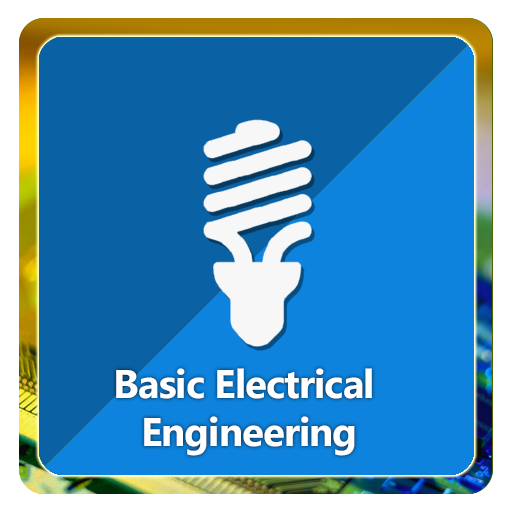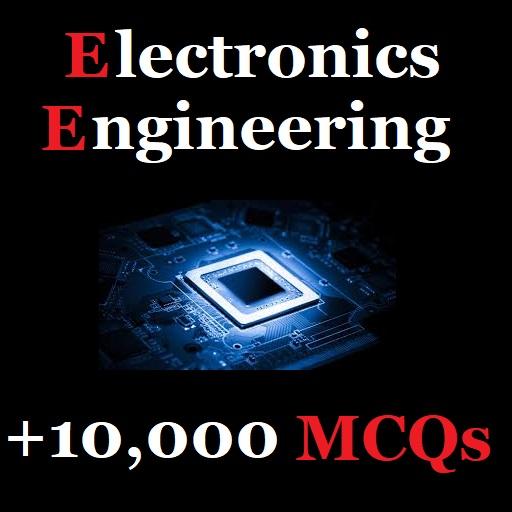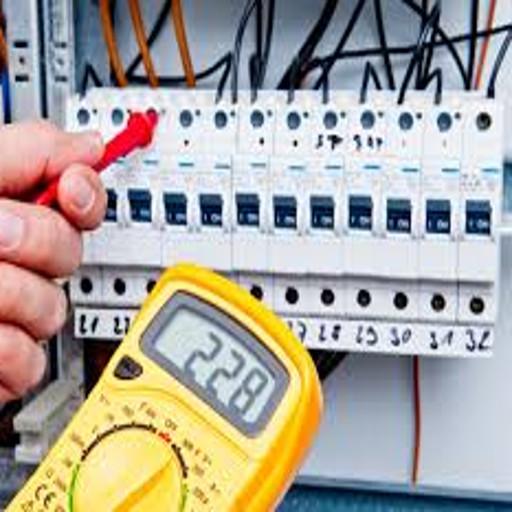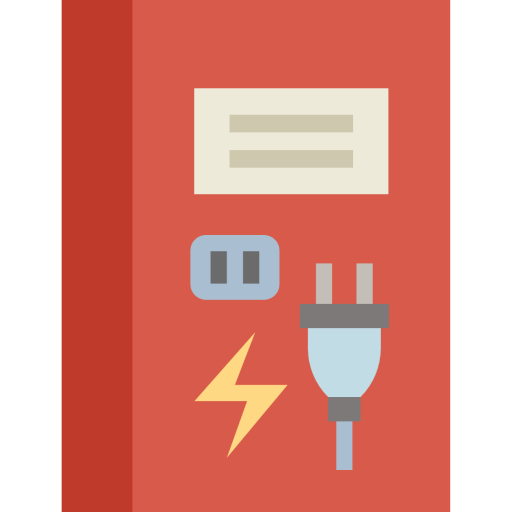

Basic Electrical Engineering
Juega en PC con BlueStacks: la plataforma de juegos Android, en la que confían más de 500 millones de jugadores.
Página modificada el: 20 de abril de 2019
Play Basic Electrical Engineering on PC
This useful App lists 100 topics with detailed notes, diagrams, equations, formulas & course material, the topics are listed in 5 chapters. The app is must have for all the engineering science students & professionals.
The app provides quick revision and reference to the important topics like a detailed flash card notes, it makes it easy & useful for the student or a professional to cover the course syllabus quickly before an exams or interview for jobs.
Track your learning, set reminders, edit the study material, add favourite topics, share the topics on social media.
You can also blog about engineering technology, innovation, engineering startups, college research work, institute updates, Informative links on course materials & education programs from your smartphone or tablet or at http://www.engineeringapps.net/.
Use this useful engineering app as your tutorial, digital book, a reference guide for syllabus, course material, project work, sharing your views on the blog.
Some of the topics Covered in the app are:
1. Introduction of electrical engineering
2. Voltage and current
3. Electric Potential and Voltage
4. Conductors and Insulators
5. Conventional versus electron flow
6. Ohm's Law
7. Kirchoff's Voltage Law (KVL)
8. Kirchoff's Current Law (KCL)
9. Polarity of voltage drops
10. Branch current method
11. Mesh current method
12. Introduction to network theorems
13. Thevenin's Theorem
14. Norton's Theorem
15. Maximum Power Transfer Theorem
16. star-delta transformation
17. Source Transformation
18. voltage and current sources
19. loop and nodal methods of analysis
20. Unilateral and Bilateral elements
21. Active and passive elements
22. alternating current (AC)
23. AC Waveforms
24. The Average and Effective Value of an AC Waveform
25. RMS Value of an AC Waveform
26. Generation of Sinusoidal (AC) Voltage Waveform
27. Concept of Phasor
28. Phase Difference
29. The Cosine Waveform
30. Representation of Sinusoidal Signal by a Phasor
31. Phasor representation of Voltage and Current
32. AC inductor circuits
33. Series resistor-inductor circuits: Impedance
34. Inductor quirks
35. Review of Resistance, Reactance, and Impedance
36. Series R, L, and C
37. Parallel R, L, and C
38. Series-parallel R, L, and C
39. Susceptance and Admittance
40. Simple parallel (tank circuit) resonance
41. Simple series resonance
42. Power in AC Circuits
43. Power Factor
44. Power Factor Correction
45. Quality Factor and Bandwidth of a Resonant Circuit
46. Generation of Three-phase Balanced Voltages
47. Three-Phase, Four-Wire System
48. Wye and delta configurations
49. Distinction between line and phase voltages, and line and phase currents
50. Power in balanced three-phase circuits
51. Phase rotation
52. Three-phase Y and Delta configurations
53. Measurement of Power in Three phase circuit
54. Introduction of measuring instruments
55. Various forces/torques required in measuring instruments
56. General Theory Permanent Magnet Moving Coil (PMMC) Instruments
57. Working Principles of PMMC
58. A multi-range ammeters
59. Multi-range voltmeter
60. Basic principle operation of Moving-iron Instruments
61. Construction of Moving-iron Instruments
62. Shunts and Multipliers for MI instruments
63. Dynamometer type Wattmeter
64. Introduction to Power System
65. POWER TRANSMISSION AND DISTRIBUTION
66. Magnetic Circuit
67. B-H Characteristics
68. Analysis of Series magnetic circuit
69. Analysis of series-parallel magnetic circuit
Each topic is complete with diagrams, equations and other forms of graphical representations for better learning and quick understanding.
Electrical engineering is part of engineering education courses and technology degree programs of various universities.
Juega Basic Electrical Engineering en la PC. Es fácil comenzar.
-
Descargue e instale BlueStacks en su PC
-
Complete el inicio de sesión de Google para acceder a Play Store, o hágalo más tarde
-
Busque Basic Electrical Engineering en la barra de búsqueda en la esquina superior derecha
-
Haga clic para instalar Basic Electrical Engineering desde los resultados de búsqueda
-
Complete el inicio de sesión de Google (si omitió el paso 2) para instalar Basic Electrical Engineering
-
Haz clic en el ícono Basic Electrical Engineering en la pantalla de inicio para comenzar a jugar



